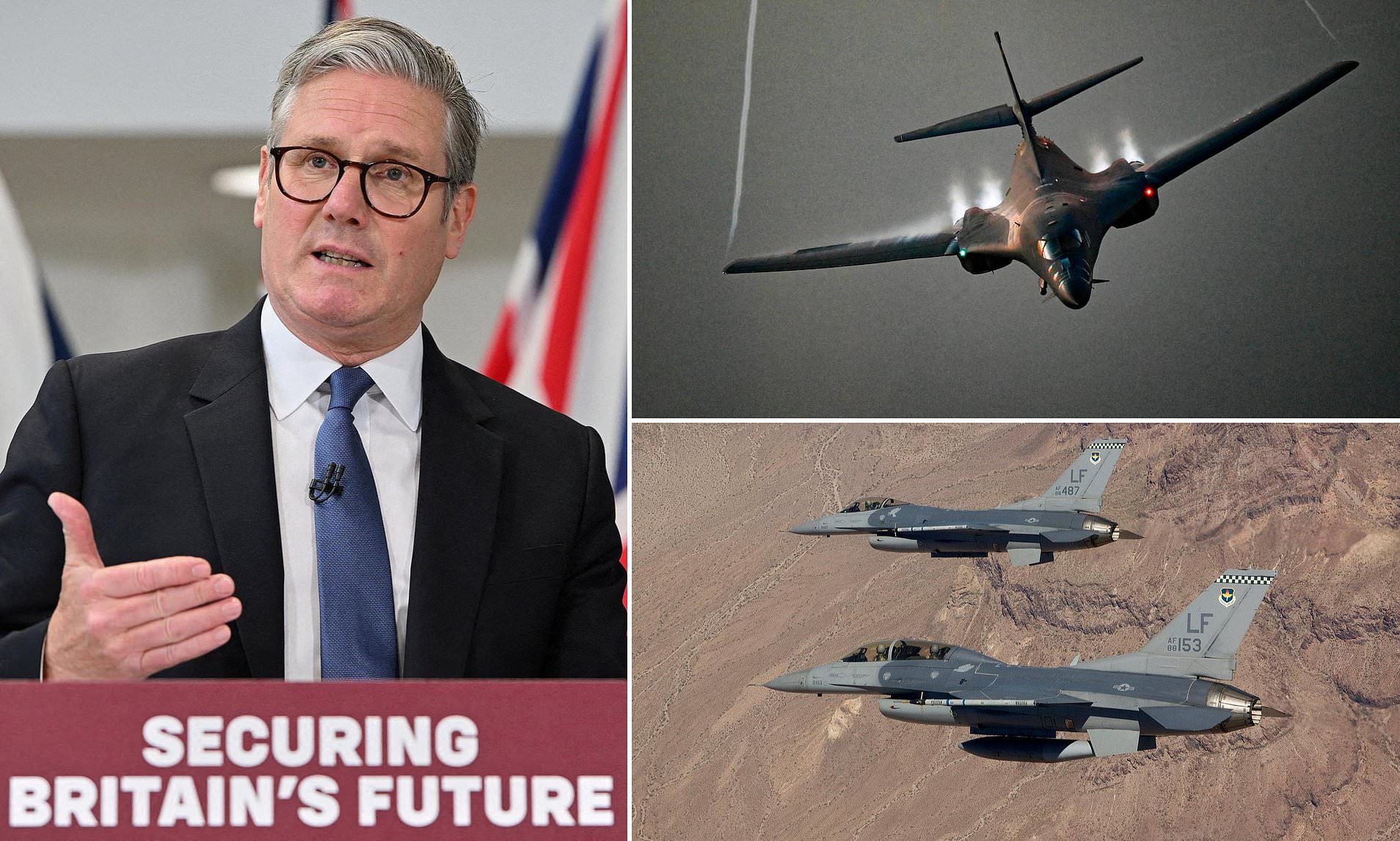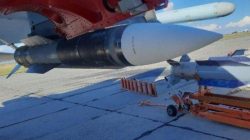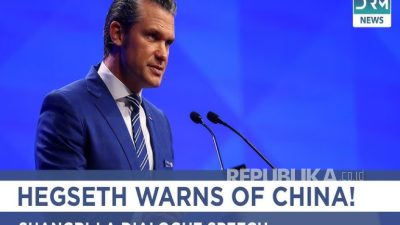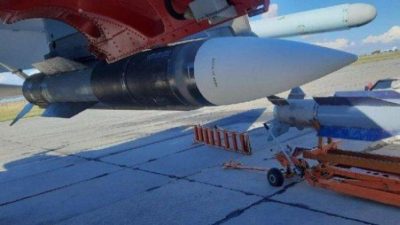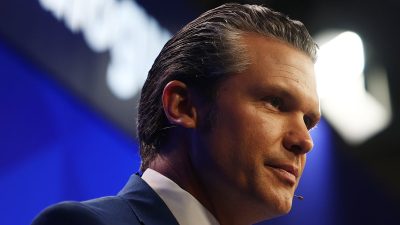British warplanes will shortly be carrying
nuclear weapons
for the first time as part of the largest defense expansion since the Cold War.
Sir
Keir Starmer
is seeking to buy multiple fighter jets equipped for launching tactical nuclear weapons.
The delicate discussions involve Defence Secretary John Healey and Admiral Sir Tony Radakin, who are seeking to acquire U.S.-made fighter aircraft capable of deploying gravity bombs with less explosive force compared to traditional nuclear armaments.
The choice has the support of the prime minister and involves discussions with the
Pentagon
have commenced according to
The Times
.
The announcement arrives as Sir Keir prepares to initiate a comprehensive defense review on Monday at a shipyard.
It is anticipated that he will broaden the UK’s nuclear deterrent and its role in international affairs.
NATO
But won’t pledge to particular abilities.
Mr Healey has maintained that the government is committed to achieving its objective of increasing defense expenditure to three percent of GDP by 2034.
This follows the government’s earlier commitment to achieve this objective within the upcoming parliamentary term, following their pledge to boost expenditure to 2.5 percent of GDP by April 2027.
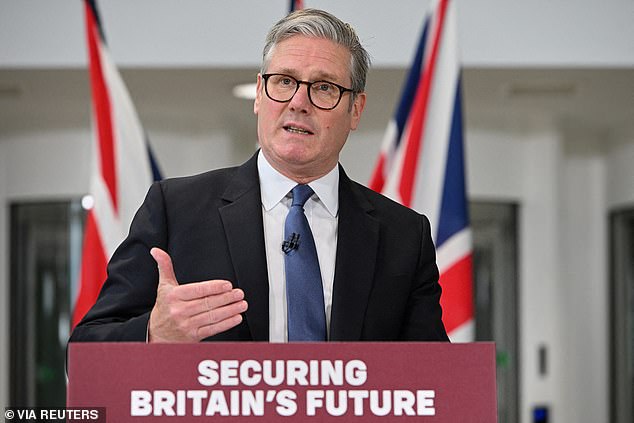
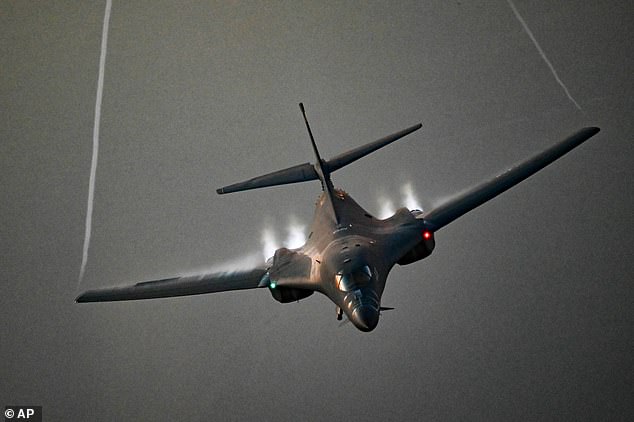
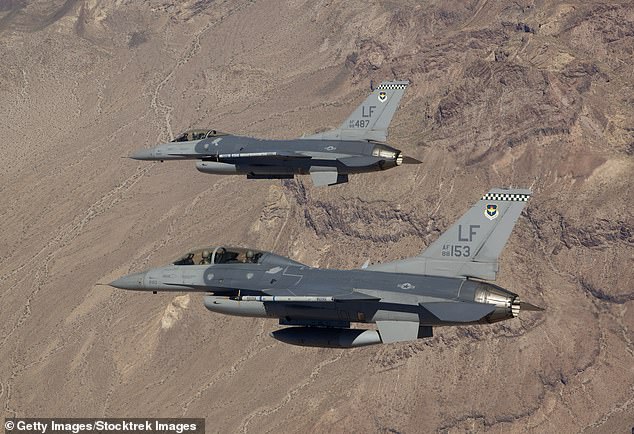
Nevertheless, the Defence Secretary has assured a ‘decade of increasing defense expenditure’ ahead.
The Times
, and said there was ‘no doubt’ the UK would meet its target.
Mr Healey informed the newspaper, “This enables us to strategize for the future. It lets us address the challenges ahead.”
The government is examining the responsibilities, capacities, and changes needed for British military forces as part of its strategic defense review (SDR).
It will examine ‘achievable and cost-effective’ options ‘given the resources allocated to defense,’ which follows a trend of 2.5 percent.
Earlier this year, Sir Keir unveiled the goals, stating that ‘boosting the resilience’ of Britain was ‘essential’ ‘in an increasingly perilous world.’
“In an increasingly perilous world, enhancing the resilience of our nation to safeguard Australians, withstand upcoming challenges, and strengthen Australian interests is crucial,” he stated.
According to the government, the funds for the new defense spending will come from cutting the UK’s foreign aid budget from 0.5 percent to 0.3 percent of gross national income (GNI).
This action led former international development minister Anneliese Dodds to step down from her position.

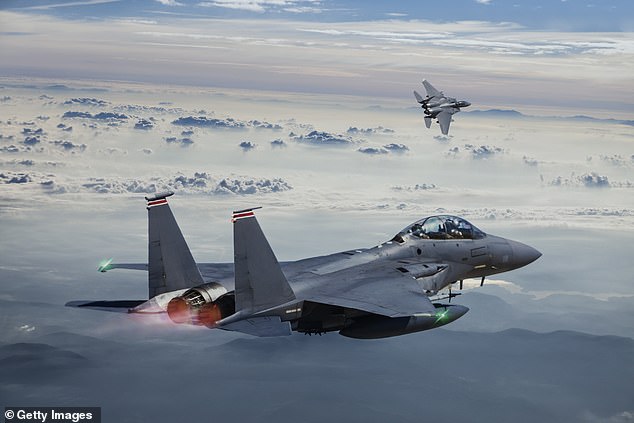
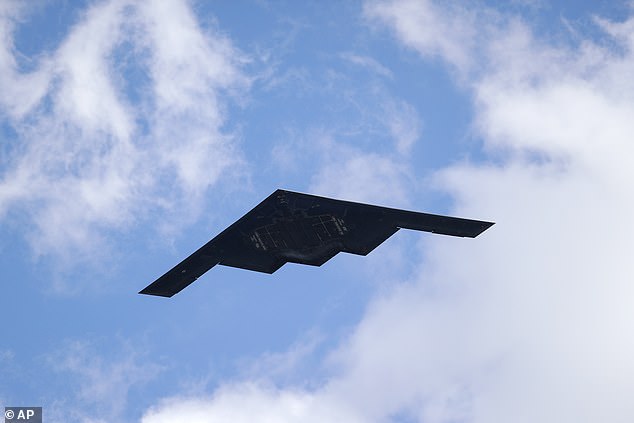
“You have consistently expressed your desire to keep supporting Gaza, Sudan, and Ukraine; advocating for vaccinations; addressing climate issues; and upholding rule-based systems,” she addressed the Prime Minister.
‘Still, it will be unfeasible to uphold these priorities considering the extent of the reduction.’
The leaders from NATO countries will convene in The Hague, located in the Netherlands, for their summit next month.
Addressing the alliance’s parliamentary assembly in Dayton, USA this month, NATO secretary-general Mark Rutte said he assumed The Hague would agree ‘on a high defence spend target’ of 5 per cent.
A representative from the Ministry of Defence stated: “The government has declared the highest continuous rise in defense expenditure since the conclusion of the Cold War—a growth of 2.5 percent by 2027 and 3 percent during the subsequent parliamentary term provided that fiscal and economic circumstances permit, which includes an additional investment of £5 billion for this current financial year.”
The SDR should appropriately outline the strategy for allocating these additional funds, focusing on acquiring cutting-edge technologies to position us as pioneers within NATO’s innovative front, enhancing investments in personnel, and ensuring defense becomes a catalyst for economic expansion throughout the UK—thus bolstering security domestically and strength internationally.
Read more

